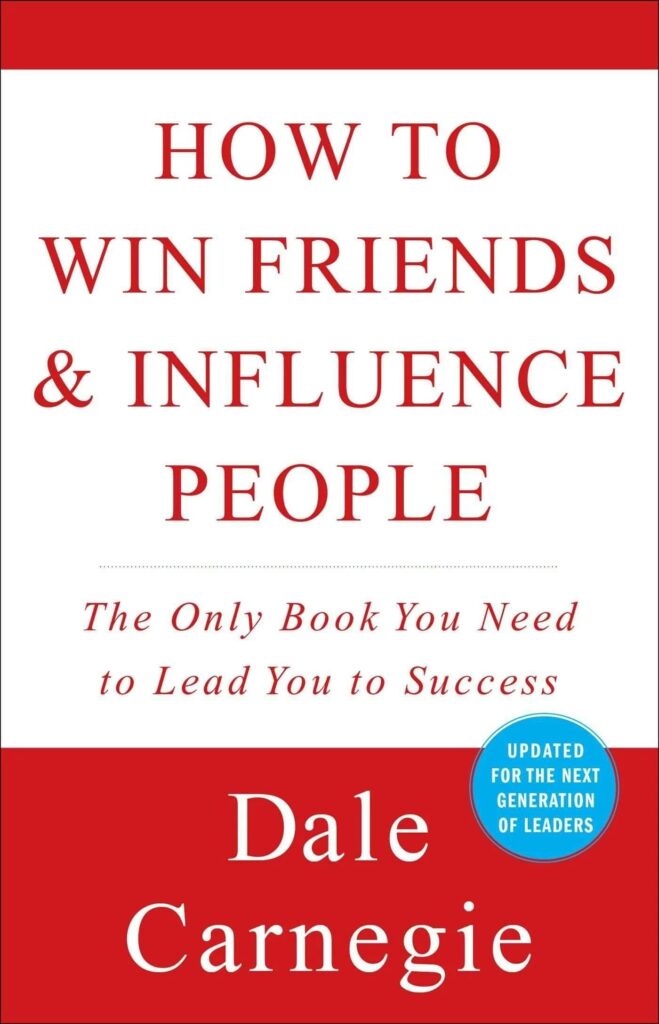How to Win Friends and Influence People
Dale Carnegie

You can go after the job you want…and get it! You can take the job you have…and improve it! You can take any situation you’re in…and make it work for you!
Since its release in 1936, How to Win Friends and Influence People has sold more than 15 million copies. Dale Carnegie’s first book is a timeless bestseller, packed with rock-solid advice that has carried thousands of now famous people up the ladder of success in their business and personal lives.
As relevant as ever before, Dale Carnegie’s principles endure, and will help you achieve your maximum potential in the complex and competitive modern age.
Learn the six ways to make people like you, the twelve ways to win people to your way of thinking, and the nine ways to change people without arousing resentment.
Key Summary
“How to Win Friends and Influence People” is a classic self-help book written by Dale Carnegie, first published in 1936. The book teaches readers how to improve their communication and interpersonal skills in order to influence others, build strong relationships, and achieve success.
Takeaways
1. Smile: A simple smile can disarm others, making them more receptive to your ideas and suggestions.
2. Use the other person’s name: Personalizing your conversation by using someone’s name can make them feel appreciated and valued.
3. Show genuine interest: Ask questions and actively listen to the other person to show that you’re invested in the conversation and care about their thoughts and feelings.
4. Empathize: Try to see things from the other person’s point of view to better understand their needs and wants.
5. Give compliments: Everyone loves to be recognized and appreciated. Give genuine compliments to build rapport and positivity.
6. Use encouragement instead of criticism: Criticizing others can be demotivating, while encouraging words can boost their confidence and motivation.
7. Appeal to the other person’s self-interest: If you want someone to do something, explain how it will benefit them.
8. Be a good listener: Let others speak, avoid interrupting, and show that you’re actively engaged in the conversation.
9. Be willing to compromise: Be flexible and open-minded to find a mutually beneficial solution.
10. Start with praise and end with praise: Begin and end interactions on a positive note to leave a lasting impression.